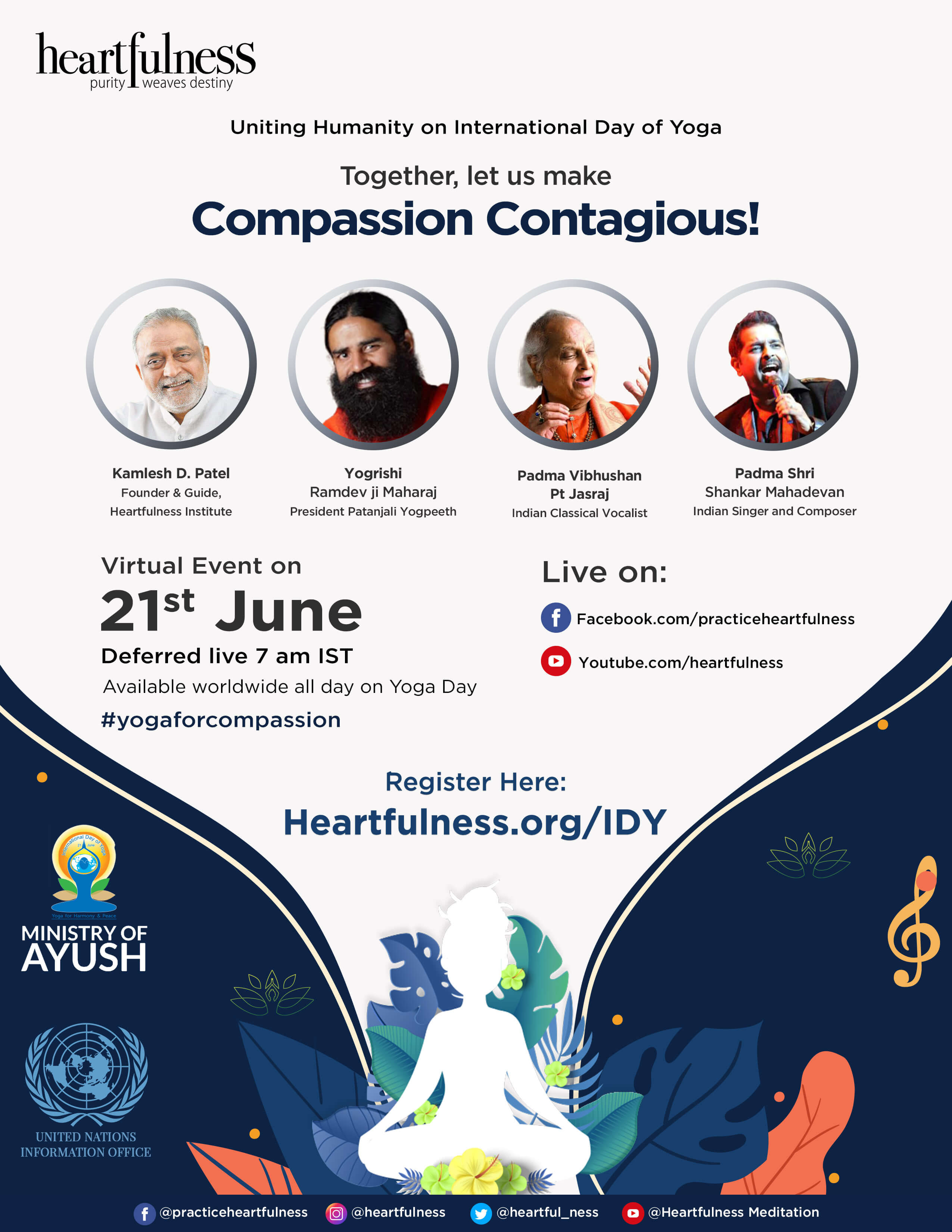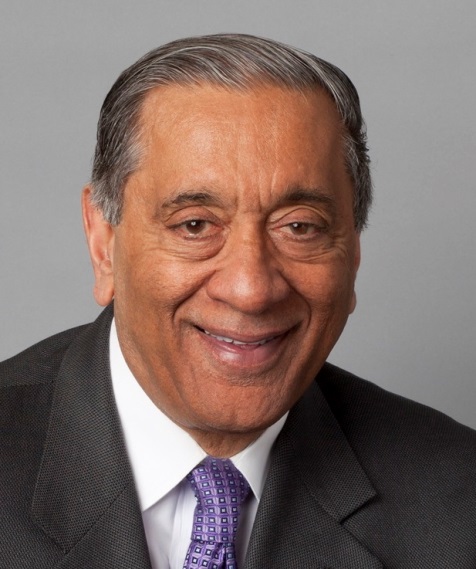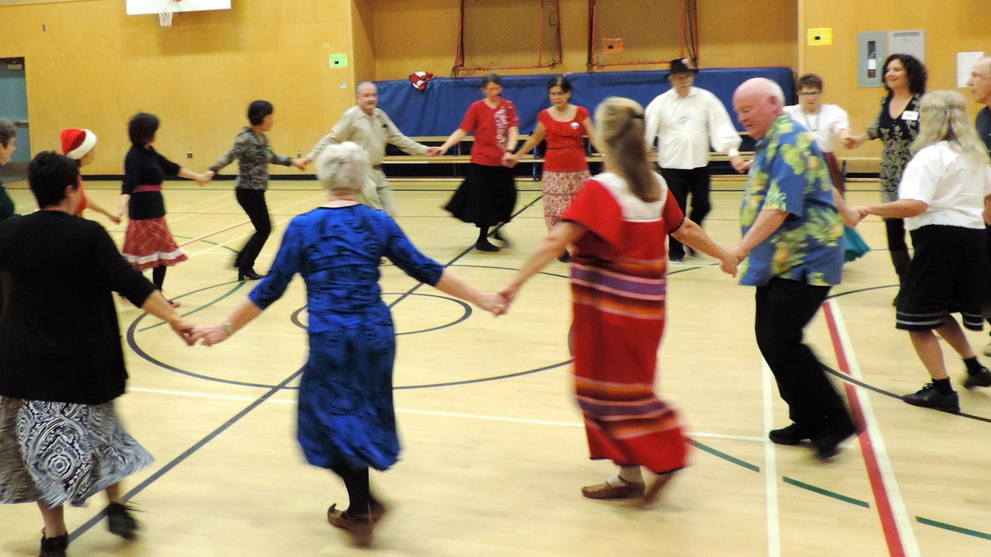DESIBUZZCanada
Events Listings
Dummy Post

International Day Of Yoga To Be Virtually Celebrated Saturday At 4pm

CANCELLED: Coronavirus Fears Kills Surrey’s Vaisakhi Day Parade

ADVERTISE WITH US: DESIBUZZCanada Is The Most Read South Asian Publication Online

SURREY LIBRARIES: Get Technology Help At Surrey Libraries

WALLY OPPAL: Surrey Police Transition Update On Feb. 26

GONE ARE THE DAYS - Feature Documentary Trailer

Technology Help At Surrey Libraries

Birding Walks

Plea Poetry/short Story : Youth Contest

International Folk Dancing Drop-in Sessions
GONE ARE THE DAYS: Time Has Come To Put An End To Global Racism
- June 26, 2020


By Zile Singh - Ambassador(Retd.)

Racism and Discrimination in any form are condemnable. “Gone Are the Days” – a documentary on the systemic racism in Canada won the runners-up prize in Jaipur International Film Festival in January 2020. In May, the brutal killing of George Floyds, a Black, by a White Police in the United States has caught the international attention on racial discrimination.
First of all, what is Racism? As per Etymology, “racism is the belief in the superiority of one race over another, which often results in discrimination and prejudice towards people based on their race or ethnicity.” The use of the term “racism” does not easily fall under a single definition. It has its several forms and manifestations. While the Races have roots, Racism doesn’t. It is just a ‘belief’ and not the ‘reality.’ The word came into widespread usage in Europe and North and South Americas in the 1930s, when it was used to describe the social and political ideology of Nazism, which saw “race” as a naturally given political unit. Historical examples of institutional racism include the Holocaust, the Apartheid regime in South Africa, Slavery and Segregation in the United States and Latin America. Racism was also an aspect of the social organization of many colonial states and empires. Initially, racism was restricted to colour of the skin ; white or black. The inequality, discrimination and denial of basic fundamental rights were practised on the basis of the colour of one’s skin and also the birth and the ethnicity. No brown child born out of a black and white bed-lock was given the status of a white man. Such new born were nicknamed as “ Born With a Crime”. Gradually, the definition of racism encompassed ethnicity as well, like the Aboriginals, First Nations and the Red Indians. The ideology underlying racism often include the idea that humans can be subdivided into distinct groups that are different due to their social behaviour and their innate capacity as well as the idea that they can be ranked as inferior or superior on the basis of their education, profession and way of living. Racism and the right to Rights became two sides of the same coin. Today, any type of discrimination and prejudice has acquired the acceptance of Racism.
Keeping in view that racism has several forms and manifestations, the Indian sub-continent ( India, Pakistan, Bangladesh, Myanmar, Nepal, Bhutan, Sri Lanka, Maldives, Afghanistan ) has the ill-fated privilege of being the mother of racism based on graded discrimination on the basis of ethnicity, religion, gender and caste. During the British rule even the nationality was not spared from the clutches of racism. With a signpost, “ Indians and Dogs are not allowed here”, certain areas were kept out of bounds.

When we talk of Racism, the International Convention on the Elimination of All Forms of Racial Discrimination came into force in 1969. Before this, the Universal Declaration of Human Rights, (UDHR) 1948, under Article 2 laid down that the Rights and Freedoms provided in the Declaration shall be available to all the persons irrespective of race, colour, sex and religion. On the basis the UDHR, Racial discrimination became one of the main items on the United Nations agenda. The Sharpeville massacre in South Africa on March 21 in 1960 sensitized World opinion to the perils of apartheid. In that unfortunate brutal incident of repression about 250 unarmed black people were shot down in cold blood. Apartheid was nothing but racial discrimination against the original black habitants of South Africa. The world opinion at that time remained limited only to the segregation of the White Europe and the Black Africa. The Apartheid contained itself only to ‘colour’ The other aspects like, race, sex and religion were left untouched. In the 1960s, the most populated Asian continent was suffering due to race, sex and religious and caste discrimination. Among Asian countries, India is a unique example of race, religion, ethnic and caste diversity. Of late, diversity in most Asian countries is not a matter of pride and enjoyment like Canada and other developed democracies, but ‘diversity’ has become a convenient tool to rule.
Article 1 of the Convention on the Elimination of All Forms of Racial Discrimination defines the term racial discrimination by stating that “racial discrimination shall mean any distinction, exclusion, restriction or preference based on race, colour, descent, national or ethnic origin which has the purpose or effect of nullifying or impairing the recognition, enjoyment or exercise, on an equal footing, of human rights and fundamental freedoms in the political, economic, social, cultural or any other field of public life”.
In a crisis like that of George Floyd, there is a need to develop a new human mind and a compassionate spirit rather than amend laws. “Half measures are no good in this wilderness any more than a leaking boat is any good in an ocean. One needs certainty, a sense of security, something solid to hold on to in the dangerous void – and it has to be absolutely solid” – Alan Moorhead

Zile Singh is much respected Link Columnist, writer, a Vipassana Meditator and has a Post-Graduate Diploma in Human Rights. He can be reached at zsnirwal@yahoo.ca


















